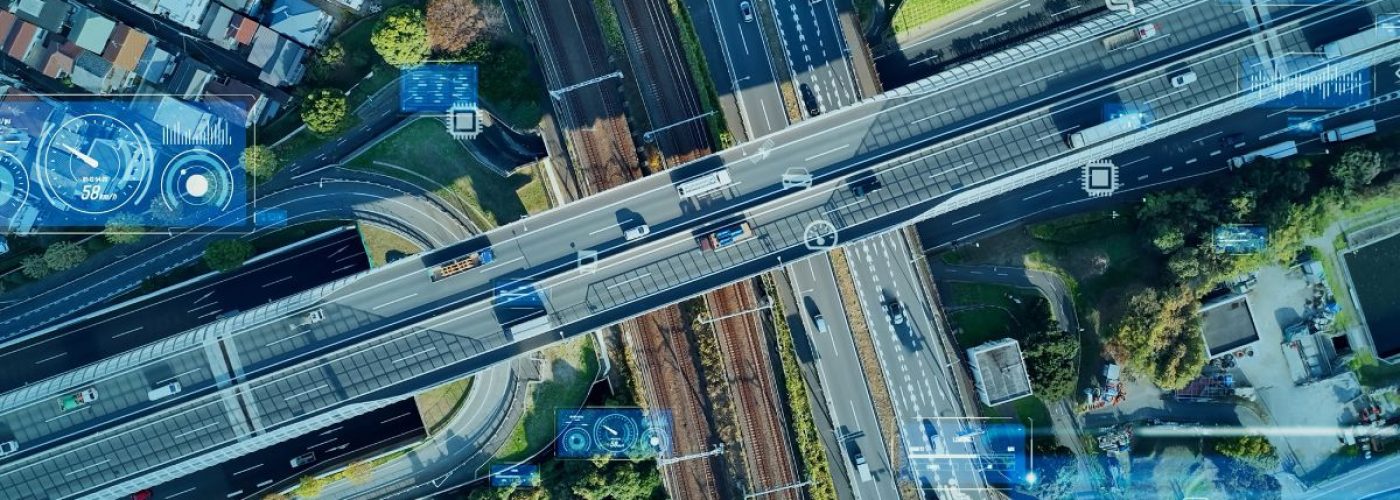The global construction market value is estimated at over $15 trillion USD, and this value is expected to rise to over $16 trillion USD by 2030. Rising demands mean that companies in the construction sector are facing serious challenges such as material shortages, supply chain bottlenecks, and a growing need for real-time data integrations. The logistics sector must adapt to these needs through a multifaceted approach that includes strategic planning, cutting-edge technology, and sustainability. In terms of reducing carbon footprints and costs, smart management of less-than-truckload (LTL) freights is key, as route optimization is vital to reduce time, expense, and freight damage.
Creating a Smart Logistics Plan
Construction products require well-structured logistics plans that cover aspects such as coordinated delivery, workforce schedules, and compliance with local regulations. Studies show that improper material handling can increase project costs by up to 10%. Site layout planning is key; construction logistics managers must optimize the design and placement of work areas, material storage, and access routes, to reduce the likelihood of bottlenecks. Material management is another key goal. Sophisticated setups need to be set up to control inventory, ensure timely deliveries, and receive, store, and distribute material as required. Managers must also take time to coordinate transportation, allocate and track equipment efficiently, and train employees to respond quickly to necessary procedural changes.
Embracing Top Industry-Specific Technology
In the digital age, smart transport management involves a reliance on technologies such as the Internet of Things (IoT), GPS tracking, and advanced project management to monitor materials and equipment in real time. The case study of Midwest Construction Solutions (MCS) reveals the extent to which technology can help bridge gaps and lower costs. MCS relied on IoT-enabled RFID tags on high-value materials in 12 job sites. The system, which tied to automated storage and mobile dashboards resulted in a 32% reduction in material waste, 45% faster project delivery, 85% drop in material theft, and 65% fewer labor hours spent on inventory tracking. Caterpillar, meanwhile, uses IoT telematics on its excavators and bulldozers to monitor engine health (including vibrations, temperature, and operational hours) to identify maintenance needs before breakdowns. The company PCL Construction is yet another organization that is leveraging the power of technology. It recently implemented wireless concrete sensors in a 70-story tower project for real-time tracking of strength maturity. Drone and aerial visual monitoring is another technology that is enhancing processes via remote monitoring.
Utilizing LTL Fright Brokers
LTL (Less Than Truckload) freight brokers are key partners in many construction projects, as they allow companies to consolidate smaller shipments, reduce transportation costs, and improve delivery efficiency. Using an LTL freight broker can be seen as a vital strategy when it comes to enhancing operational efficiency. For instance, a case study by Resilient Freight showed that using LTL services for transporting construction materials resulted in a 20% reduction in shipping costs and a 30% improvement in delivery times. LTL brokers also offer flexibility in scheduling and routing, which is good news for managers of projects that may have frequently changing demands.
Improving Sustainability
A report by the World Economic Forum shows that adopting green logistics practices can lead to a 10-15% reduction in transportation-related emissions. Current construction managers are embracing numerous measures to reduce their carbon footprints. One company in Lima, Peru, used a Construction Consolidation Centre (CCC) combined with just-in-time delivery kitting (pre-assembled kits of components). This decision resulted in reduced transport demands and improved cost savings and environmental benefits. Another company in Linz, Austria, showed that bundling deliveries into a single truck (instead of multiple runs) lowered fuel consumption by 28% and CO₂ emissions by 34%. Other key measures companies should consider adopting include eco-efficient routing with AI and machine learning, and the use of electric rather than fuel-based vehicles.
Smart transport strategies are vital for efficiency, cost savings, and sustainability in the rapidly growing global construction market. Companies can achieve these goals by integrating advanced technologies, leveraging LTL freight brokers, and embracing green logistics. An openness to replacing outdated systems with smart technology can also help boost efficiency, safety, and speed.





